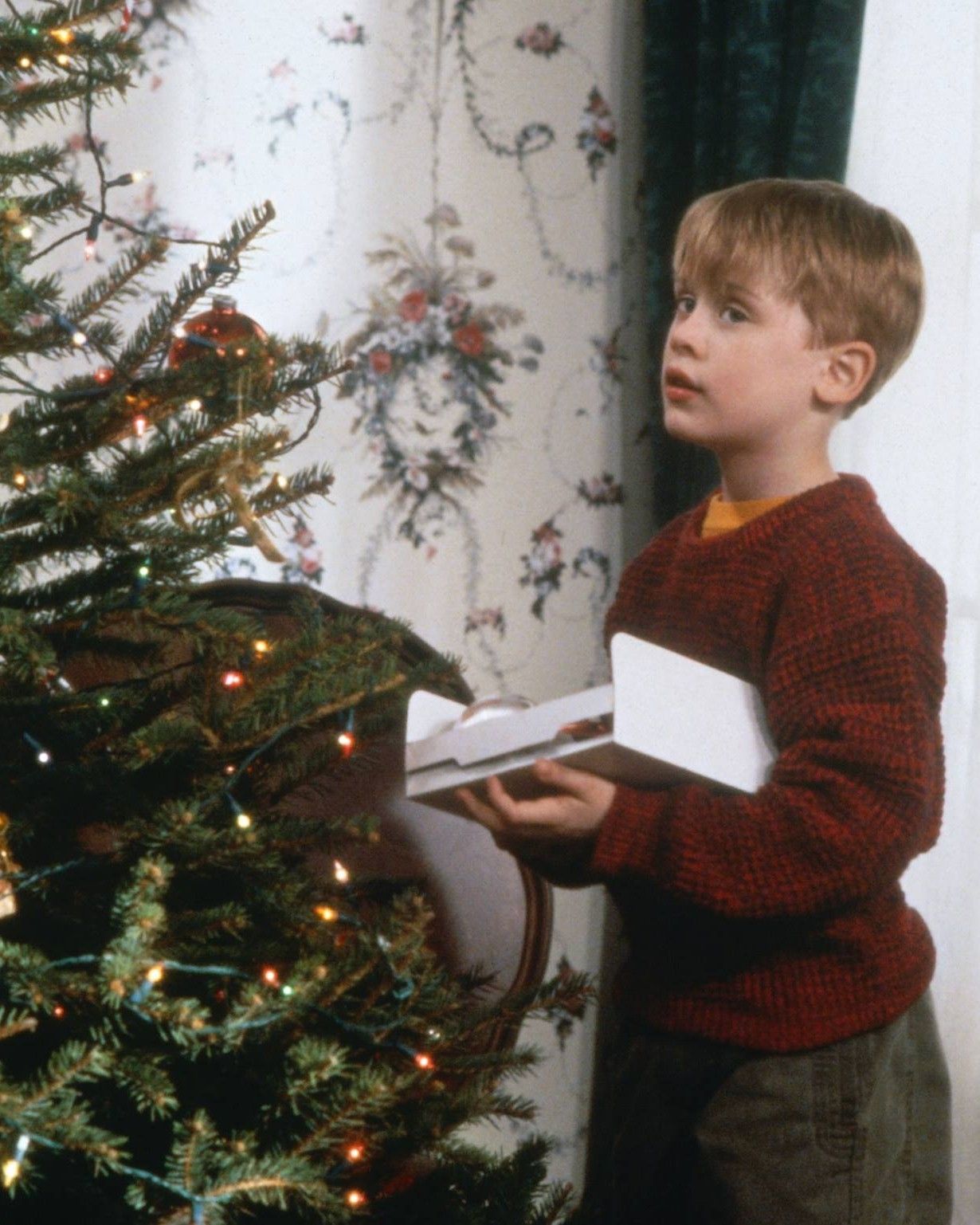
Fashion's Black Christmas of dupes and crazy discounts The first signs come from America
Recently, Gucci filed a lawsuit against American retailers Sam’s Club, Lord & Taylor, and Century 21, accusing them of selling counterfeit products. Gucci's team allegedly purchased some bags from the websites of Lord & Taylor and Sam's Club, confirming their inauthenticity: while Lord & Taylor admitted to selling counterfeit products but ghosted the brand shortly after, Sam’s Club removed the products from its clubs and website. However, the issue of counterfeiting and off-price products is not unique to Gucci or luxury brands. As reported by BoF, at the start of the holiday shopping season, best-selling products from numerous clothing and cosmetic brands, especially in America, find themselves competing with their more affordable dupes. In Italy, dupes abound in the beauty and perfume sector, fueled by TikTok recommendations. For clothing and accessories, Zara and Shein remain reference brands, while recently, a COS coat has gone viral on TikTok as a dupe for Saint Laurent coats, as well as a dupe for a Toteme jacket, and so on. In short, the demand for dupes, combined with reduced spending due to inflation, is affecting the sales of some widely recognized products, although it's challenging to estimate the potential market share they could take from original products during the holidays. "Dupes" have now been widely accepted, especially among younger consumers, who now look at fashion shows only to identify what they like and seek economical alternatives in fast fashion with the help of technologies like the Google Lens app, which has boosted dupe sales by facilitating price comparisons and discovering similar products. A survey reveals that 28% of US consumers plan to gift beauty products, while 55% plan to gift clothing, shoes, or accessories during the holidays.
@aideen_cd @HRH SHAN you’re a bad influence, but no regrets this @COS saint Laurent coat is dupe perfection #coscoat #cosviralcoat #saintlaurentdupe #fashiontiktok #classicstyle #capsulewardrobestyle som original - EU MESMO
All of this is happening in a not-so-rosy picture for the fashion industry at all levels. The slowdown in luxury spending in key markets such as the USA and China comes just in time for the holiday season. While it's true that historically, the public disregards downward projections when it comes to spending on holiday gifts, this season could mark a turning point, with slower growth and an overall lower volume of sales. This is a significant change, especially because it concerns consumers in the United States, the largest fashion market in the West. The National Retail Federation in the United States predicts that sales between November and the end of the year will grow between 3% and 4% this year, reaching around $960 billion, taking inflation into account. This reflects a slowdown from last year's 9% and the explosive growth of 12.7% in 2021. The slight increase expected will not be a reflection of increased demand but an effect of inflation. In other words, consumers are expected to continue buying during the season despite higher prices, but only because they are forced to do so. "Spending is going to be up, of course, because everything is more expensive," said Rebecca Duval, a retail trade analyst at Bluefin Research, to BoF. "But if you look at it from a unit perspective, everything is down significantly." In Italy, the situation seems similar: according to FederDistribuzione, "Italians, due to the difficult economic context we are experiencing, plan to significantly reduce consumption related to the Christmas period: 65% say they want to reduce the purchase of Christmas decorations, 62% will spend less on gifts for adults, 50% will cut the purchase of typical holiday food products, and 47% will reduce spending on gifts for children."
Everything is so expensive!! I swear no Christmas Gifts this year for anybody pic.twitter.com/QpYJ5PahWg
— Janett (@lovebeckyfreen) November 16, 2023
Meanwhile, in America, many large retailers have reacted by significantly reducing prices to stimulate sales. The Macy's chain, for example, anticipates that its annual revenue will decrease by 6-7% this year. Even a mega-brand like Burberry announced last week that it won't be able to reach its annual revenue target if demand continues to decline. Even Black Friday discounts started early in some areas – a tactic that benefits consumers but also indicates how much unsold merchandise is sitting in warehouses. According to Adobe Analytics, discounts are already increasing, with an average of 25% on clothing compared to last year's 19%. In America, outlets like TJ Maxx are experiencing strong sales due to consumers seeking the true value of products, hunting for great deals and big discounts – even the "Sale" sections of luxury retailers like Farfetch or SSENSE are gaining more relevance. In short, consumers will buy less and on sale, but certainly won't spend more than they already have. However, there is still no data on how this trend will affect higher-end luxury: if the big commercial giants experience growth slowdowns, other groups are thriving, such as Prada, which, according to MFF, has convinced analysts with the new goal of achieving eight billion in annual sales within ten years. The problem, however, remains Christmas. To impact spending, in an increasingly challenging economic context due to inflation and high-interest rates, there is also the grim geopolitical situation that creates uncertainty and discontent, which, however, will not be resolved soon. So, all that remains is to wait and see what will be under the tree. Assuming, of course, that there is a tree.














































